My Headspace Review
Meditation and mindfulness at your fingertips
Headspace is a mindfulness and meditation app that offers an expansive library of audio and video content designed to help you live a healthier, more fulfilling life. The app is free to download and comes with a modest selection of free meditation sessions that do not require a subscription. The subscription, Headspace Plus, unlocks a library of guided meditations, sleepy-time soundscapes, mindful workout sessions, and chill focus music.
Whether you’re a beginner or seasoned meditation practitioner, this app has something for everyone.
About Headspace
The Subscription: Headspace Plus, an expansive library of guided mindfulness and meditation audio-video content
The Cost: $12.99 USD per month with a 7-day free trial. $69.99 USD per year, billed annually, with a 14-day free trial.
Good to Know: Get a discount with the Student Plan for $9.99 USD per year, or with the Family Plan that includes 6 accounts for $99.99 USD per year. K-12 educators from the U.S., U.K., Canada, and Australia get a free subscription. You can find some other ways to grab Headspace at a discount through their FAQs here.
Available on: iOS, Android, and web
My Subscription Addiction paid for this subscription. (Check out the review process post to learn more about how we review boxes.)
Pros & Cons
| The Pros |
|
| The Cons |
|
What is Mindfulness?
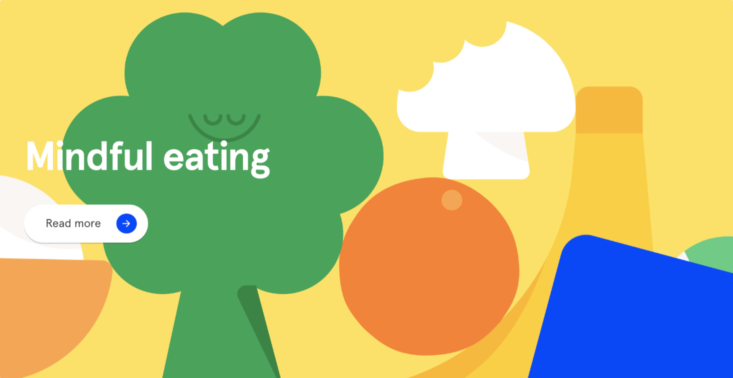
What is mindfulness? According to Headspace, it is “the idea of learning how to be fully present and engaged in the moment, aware of your thoughts and feelings without distraction or judgment.”
This is very similar to the way Dr. Jon Kabat-Zinn, who is credited for bringing mindfulness to the West, conceptualizes it in his book Mindfulness for Beginners:
Mindfulness is awareness, cultivated by paying attention in a sustained and particular way: on purpose, in the present moment, and non-judgmentally.
Mindfulness is also an integral piece in a number of models of psychotherapy, including acceptance and commitment therapy (ACT), dialectical behavior therapy (DBT), and mindfulness-based cognitive therapy (MBCT). These models are part of the “third wave” or third generation in cognitive behavioral therapy. They incorporate mindfulness in various ways to reduce suffering from stress, depression, anxiety, substance use, chronic pain, and more.
Meditation vs. Mindfulness
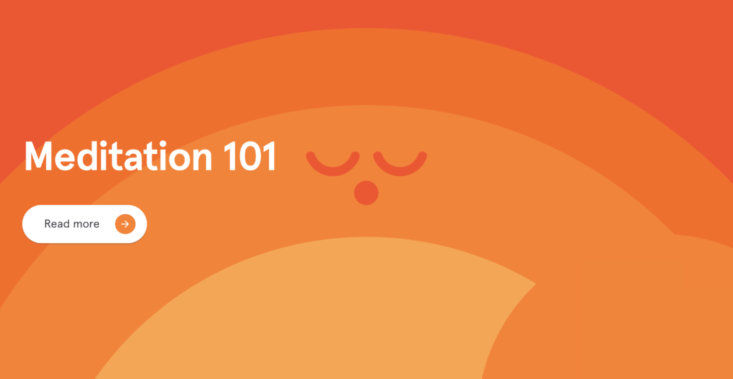
They’re often used interchangeably, but meditation and mindfulness are actually separate concepts.
Headspace says meditation is “simply an exercise to cultivate mindfulness.” Think of it like this: mindfulness is awareness of the present moment without judgment, whereas meditation is one technique among many used to practice mindfulness. Mindfulness can be practiced anytime and anywhere, informally or formally. Meditation is a type of formal practice and is usually done for a certain amount of time. Finally, mindfulness does not require meditation.
Marsha Linehan, who created dialectical behavior therapy, muses about it this way in her DBT Skills Training Manual:
Although everyone can practice mindfulness, not everyone can practice meditation. Some cannot sit or stand still. Some are too terrified to look at their breath or watch their mind. Some cannot practice meditation now, but will be able to at a later point.
I can attest to the difficulties of finding the right time and space to practice. Not to mention, keeping my constantly wandering attention in check is a struggle during meditation. It can be hard to do and that’s ok! Using guided meditation, where a teacher guides you through the steps of the practice, can maximize the benefits of the experience for you.
Subscription Details
Headspace Plus offers two subscription plans. The monthly subscription costs $12.99 USD and comes with a 7-day free trial. The annual subscription costs $69.99 USD with a 14-day free trial. After the free trial, your subscription automatically renews each month or each year, respectively. Check out their terms and conditions for more details.
A Tour of Headspace
Headspace has five main content areas divided into tabs: Today, Meditate, Sleep, Move, and Focus.
Today: Consider this your homepage. It’s a fairly simple area that displays a mix of featured content (which changes daily) and a short list of mindfulness stuff you’ve recently consumed (shown under Favorites and Recent). The app switches things up every day so that you’re always greeted with something new.
Meditate: Here's what you'll find multi-day meditation courses, single sessions, and quick guidance and advice videos. Courses are multi-part guided meditations that teach you how to live a more mindful life. For mindfulness beginners, the Basics courses are perfect for getting acquainted with the fundamentals of meditation and mindfulness. Want to apply mindfulness to a particular problem or topic? There are courses for that too, like "Dealing With Regret," "Acceptance," "Transforming Anger," "Pregnancy," and "Sleep Health" to help you take a more targeted approach. Single-session meditations serve a similar function but without the commitment of a multi-day course.
Many sessions give you the choice of a meditation teacher. Andy Puddicombe, the co-founder of Headspace and a former Buddhist monk, is the most common male voice. Eve lends a female voice to plenty of content as well.
Meditation practice should be flexible and Headspace understands that. Maybe you can take advantage of a 15-minute commute or squeeze in a 5-minute break between work tasks, the app lets you choose the length of your sessions.
One observation (and struggle) I have with the meditation courses is that they can be quite long. We’re talking 10 to 30 days’ worth of 10-20 minute sessions on one topic. I have yet to actually finish a course simply because there’s so much content in the app. The urge to jump from one course to another is too strong, which leaves a smattering of half-watched courses in my wake.
A related issue I’ve run into is finding the right guided meditation for my needs. Scrolling through endless offerings can get overwhelming. Therefore, when I’m looking for something specific, let’s say, when I want to manage some immediate stress, I go to the search bar instead—this opens up the Headspace library.
There are a few more handy sections in Meditate: Today’s Meditation and Group Meditation. Today’s Meditation is simply a featured guided meditation that changes daily as an additional way to enhance your mindfulness practice. Group Meditation is pure fun! At the top of every hour and half past the hour, users around the world can join in on a shared guided meditation experience. I don’t really know who is in the “room” with me but seeing little avatars pop up at the bottom of my screen is a special kind of delight. Working from home has given me extra appreciation for moments of shared humanity like this, even when it’s all digital.
Sleep
The Sleep tab features content designed to prepare your mind and body for a restful, restorative sleep. Mindfulness is all about taking in the present moment, and it’s especially helpful for me at night when I’m often mulling over thoughts from the day (or from the week, or from the last five years…) or worrying about what my day will look like tomorrow.
Sleepcasts are sleepy-time podcasts — audio content that's around 45-55 minutes long designed to help you wind down and get ready for sleep. They blend mindfulness exercises and bedtime stories and calming soundtracks to craft a soothing dreamscape for your mind. The storytelling changes daily so that you enjoy a slightly different Sleepcast experience each night. I like to listen to Sleepcasts while completing my nighttime skincare routine.
There are also guided meditations to help settle your mind for sleep or help you fall back asleep. Sleep Music, Soundscapes, and Sleep Radio provide a variety of sleepy tunes and environmental sounds, some lasting up to 500 minutes.
Move
The Move tab brings mindfulness to physical activity and workouts. Categories include yoga, cardio, stretching, and boosting performance for the sports-minded. Headspace works with some interesting collaborators like comedian Kevin Hart, the NBA, and Nike to tackle topics like confidence, resilience, and mindful running.
Focus
Mindfulness practice involves honing your ability to be present. Therefore, things like concentration, attention, and focus are important. I mostly use the Focus tab while I work. Focus Music offers a variety of ambient music, beats and melodies, celebrity playlists, and other tunes to boost work productivity. My favorite mix? “Lo-Fi Times.” “Panorama” is an orchestral soundtrack and a close second. I also love the category called Mindful Earth: it’s a charming video series in collaboration with BBC Earth on creatures and natural habitats around the world.
Headspace Library
I want to mention the awesome search bar feature: this is where you go to browse through the Headspace library for whatever your heart desires. I use it to navigate to specific topics that I’m yearning to learn about. Not sure what’s in the library? The app offers a few search term suggestions at the top. Otherwise, everything is organized by topic area. For example, there’s a category called “Meditate with kids” that has kid-friendly exercises featuring Sesame Street characters. Another category called “Headspace features” contains fantastic meditation sessions on topics like grief, racial injustice, privilege, and intergenerational trauma.

Headspace for Web
Although my Headspace experience is much smoother on my iPhone app, the web version deserves some attention. First off, it’s organized slightly differently from the app. Instead of five content tabs, it has just two: Home and Discover.
Home functions as the same home page as its app counterpart. The featured content varies slightly, though. For example, the Daily Meditation and Group Meditation appear on this page.
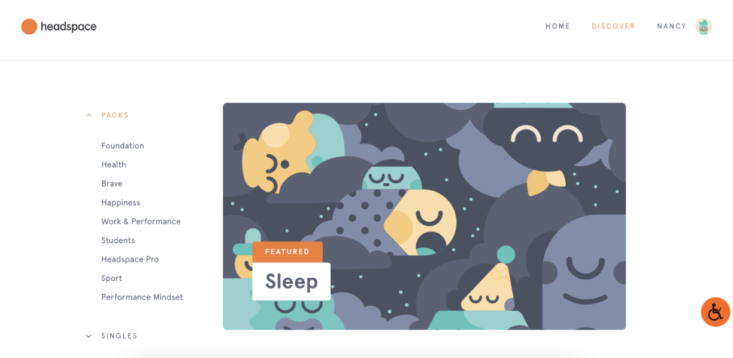
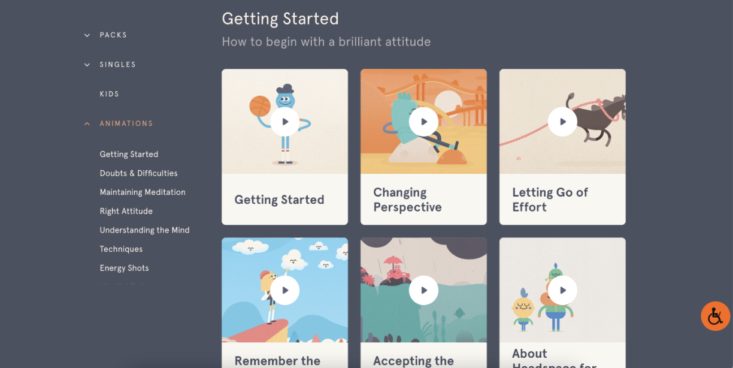
Discover is the equivalent of the Headspace library. Here, meditation courses, single sessions, and bonus content are grouped by categories all navigable through its sidebar. It's organized differently from the app version, making cross-platform use a bit confusing. I'd recommend using the app over the website as I found it to be more user-friendly. My biggest use case for the web version is to play ambient music in the background while I work.
The Verdict
Mindfulness and meditation can be hard. There's a reason monks take years to master the practice. But it’s just that — practice. Mindfulness is a multi-step process with no true finish line and Headspace makes it accessible for those looking for some self-improvement. I’ve already seen changes to my emotional well-being; I’m more aware when unhelpful thoughts get in the way of living in the present. I feel more attuned with my body.
Is Headspace worth the cost? Here’s one way to quantify it: My personal mindfulness goal is to tune into guided meditations three times per week. This would mean about 12 meditation sessions per month, so about $0.48 per meditation with an annual subscription or $1.08 per meditation with a monthly subscription. This doesn’t account for all the other Headspace features that I use offhandedly (like ambient sounds during focused work), but if it did, the cost per use would be even lower. The cost-effectiveness of the subscription will inevitably depend on how I maintain my mindfulness practice over time. Wish me luck.
Not sure if you want to commit to a subscription? Try Headspace with a 7- or 14-day free trial. And don’t forget, you can still download the app to access a variety of free content without the need for a subscription.
Do you use Headspace? Share your experience below!



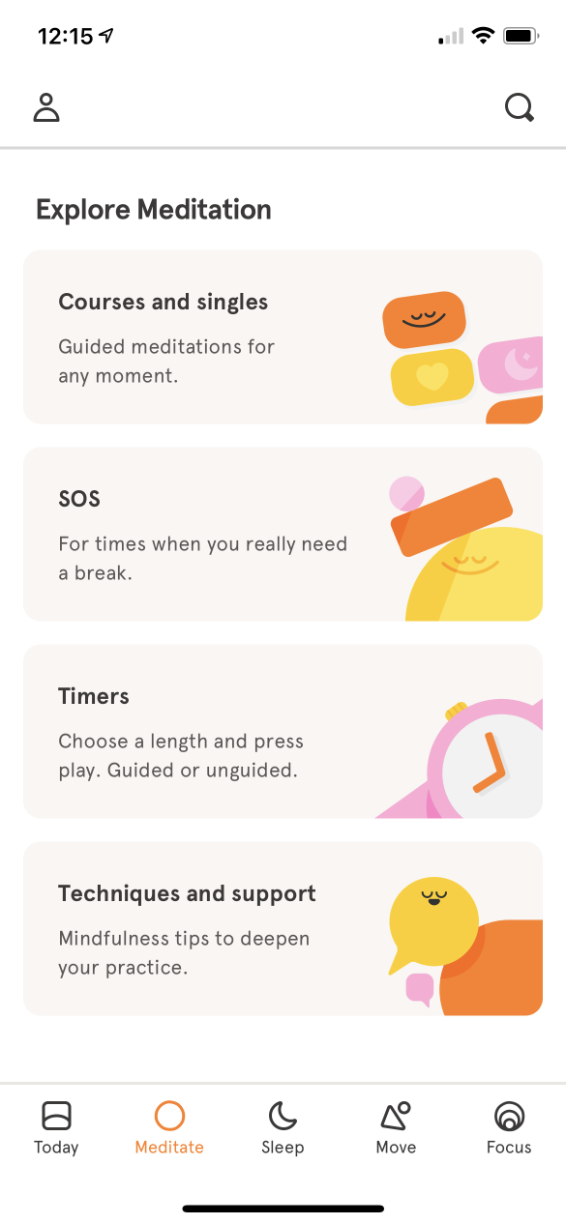
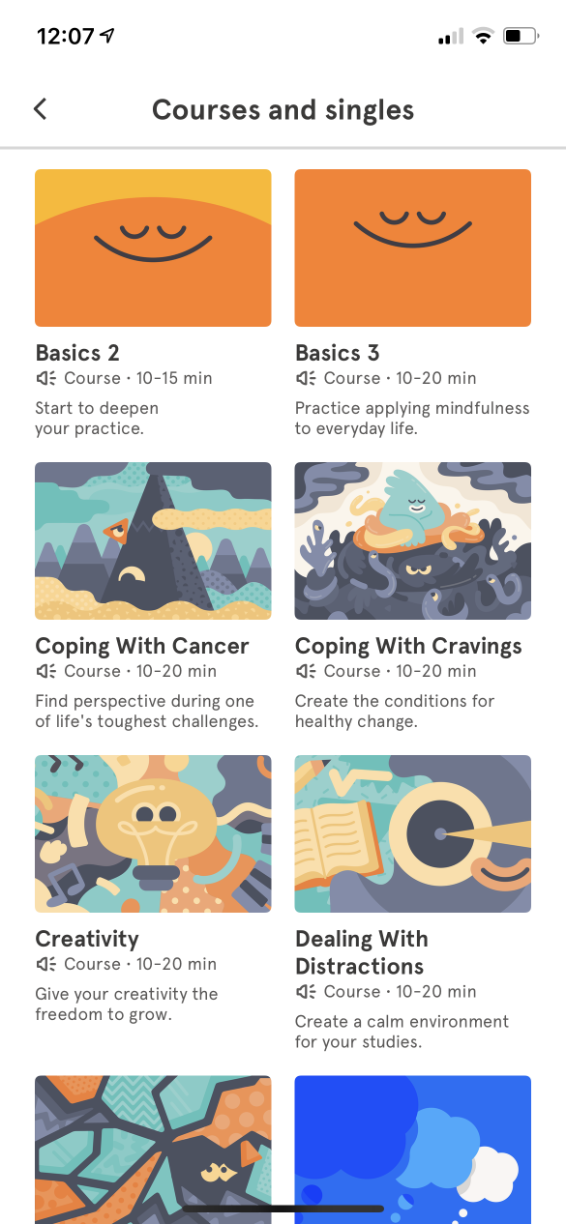
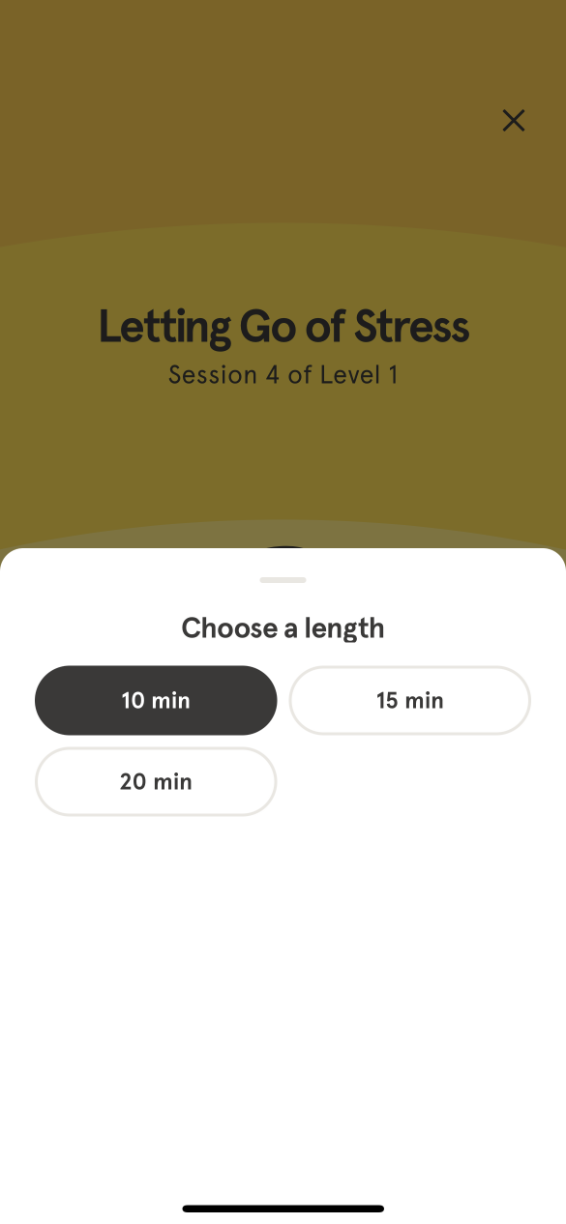
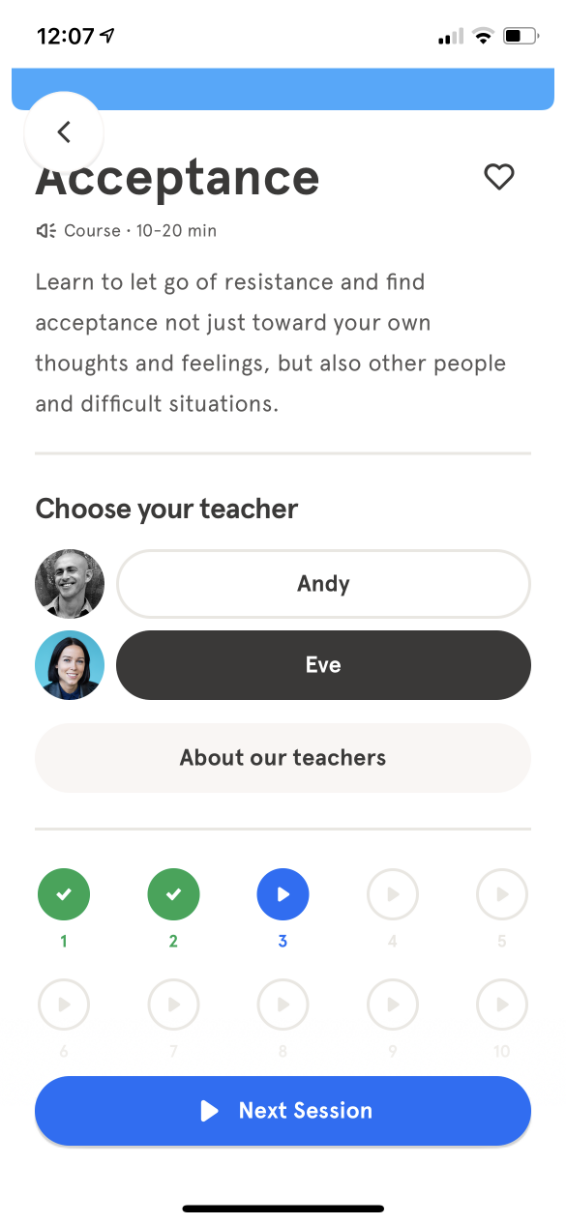
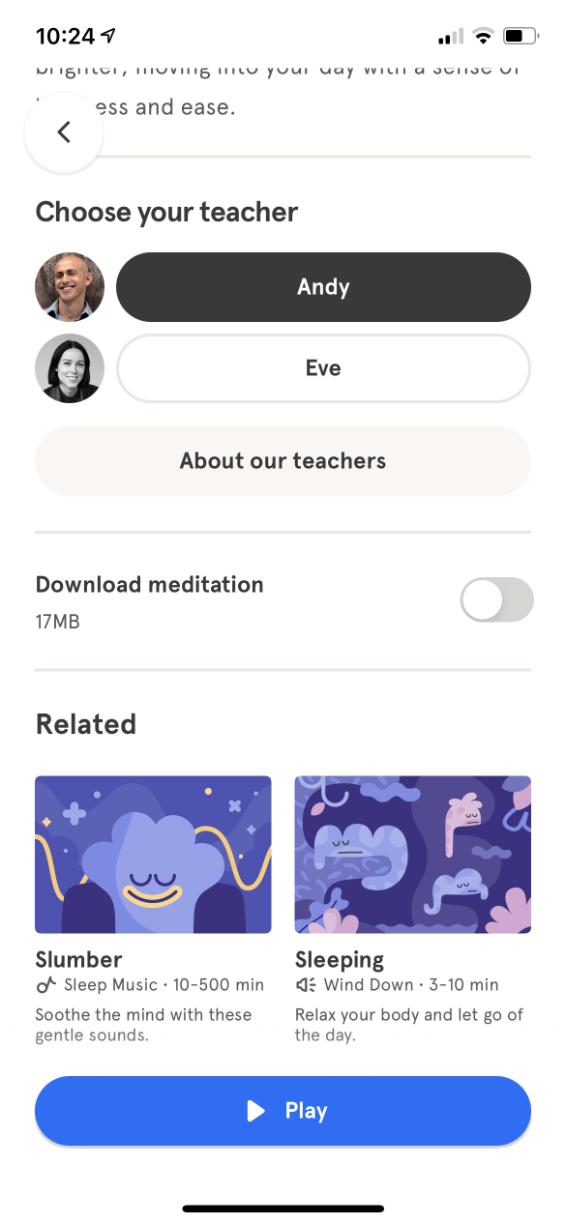

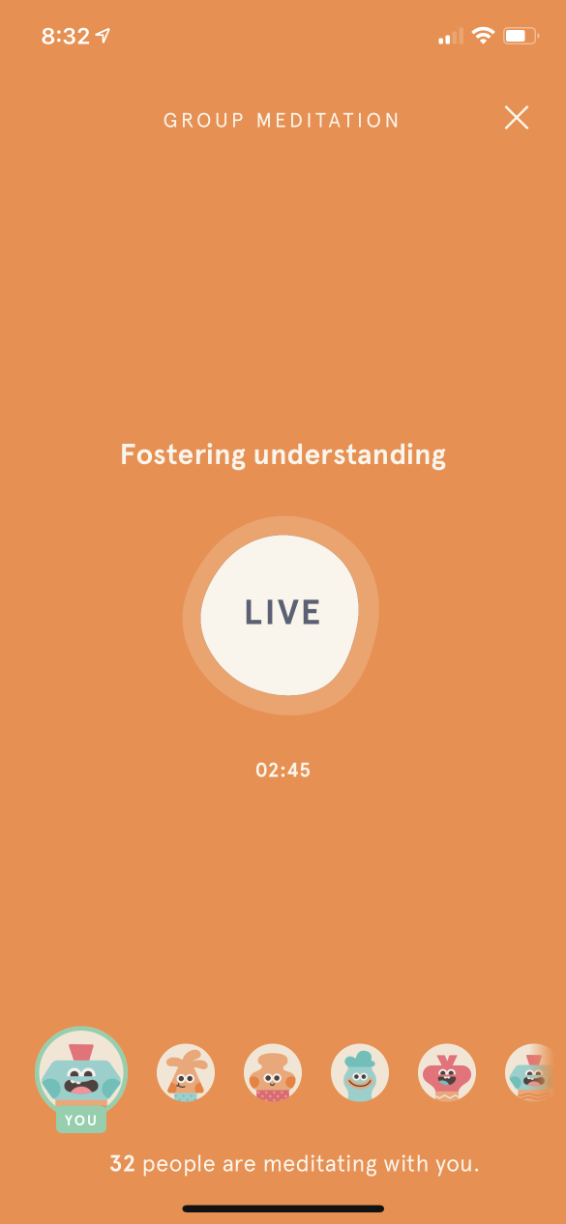
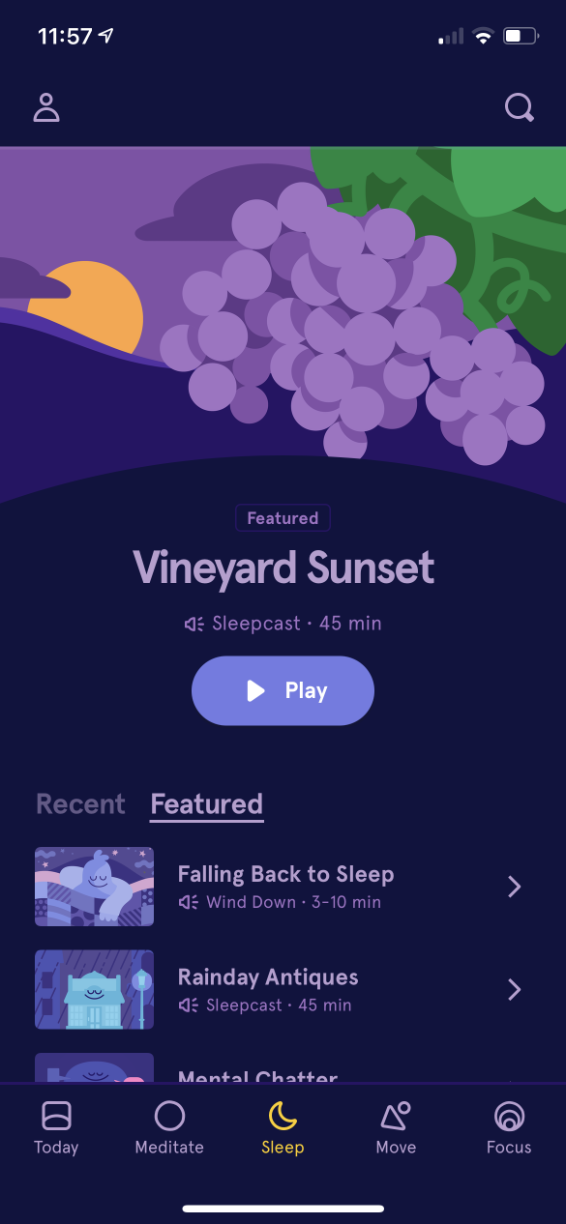

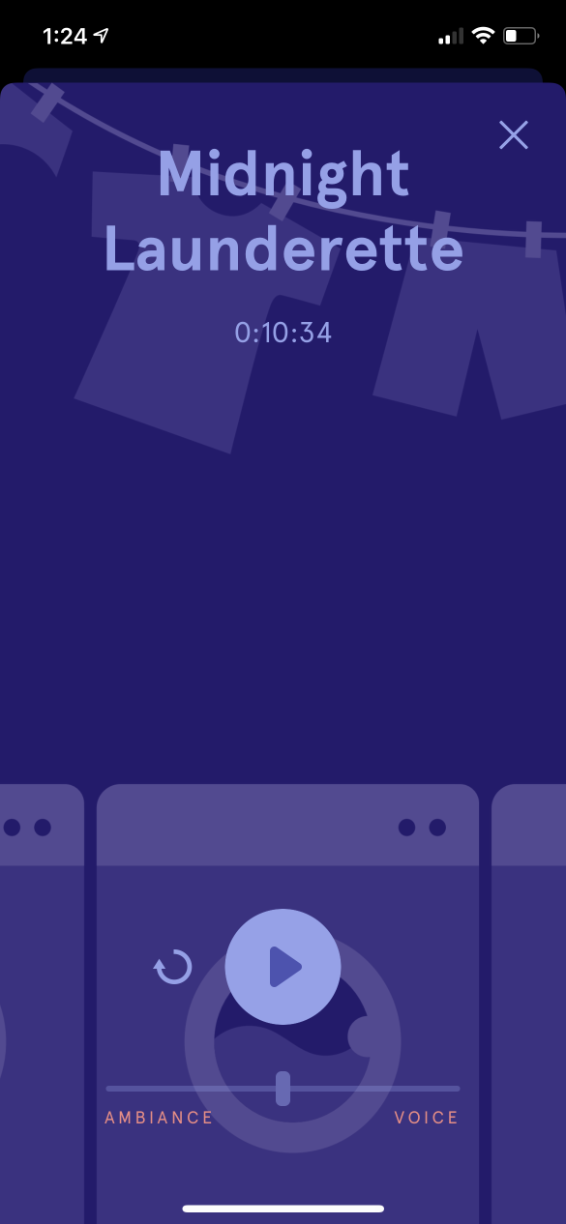


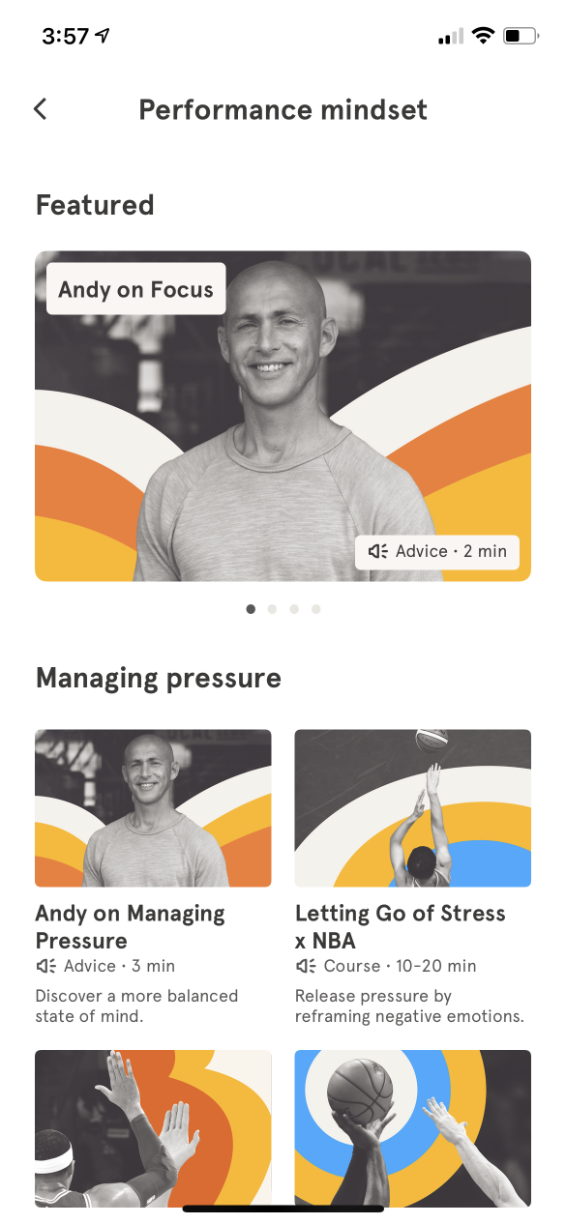
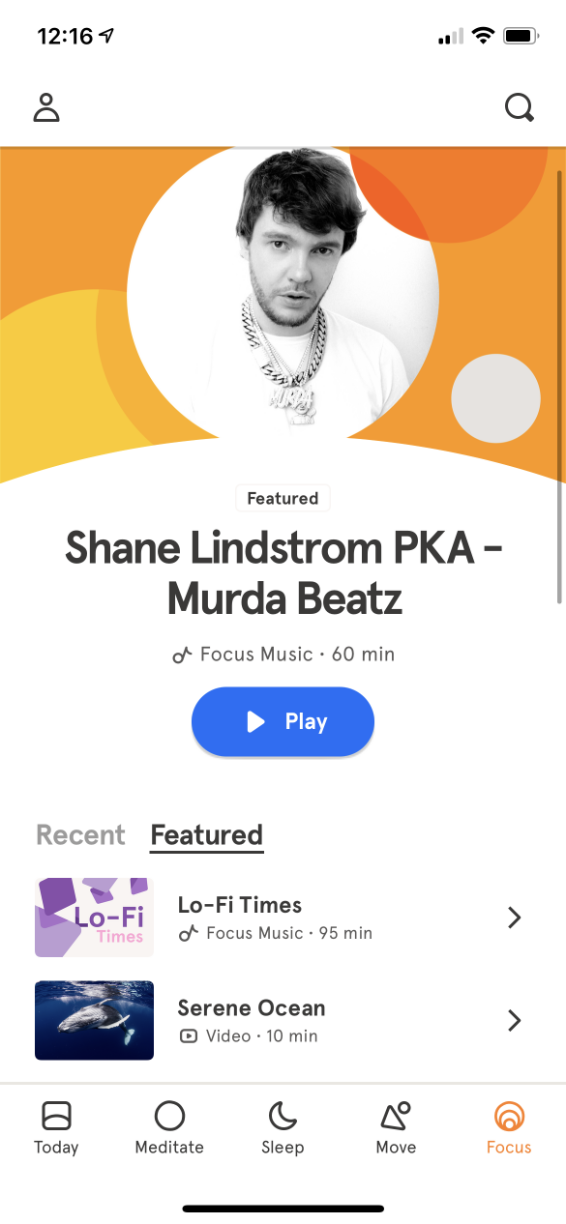
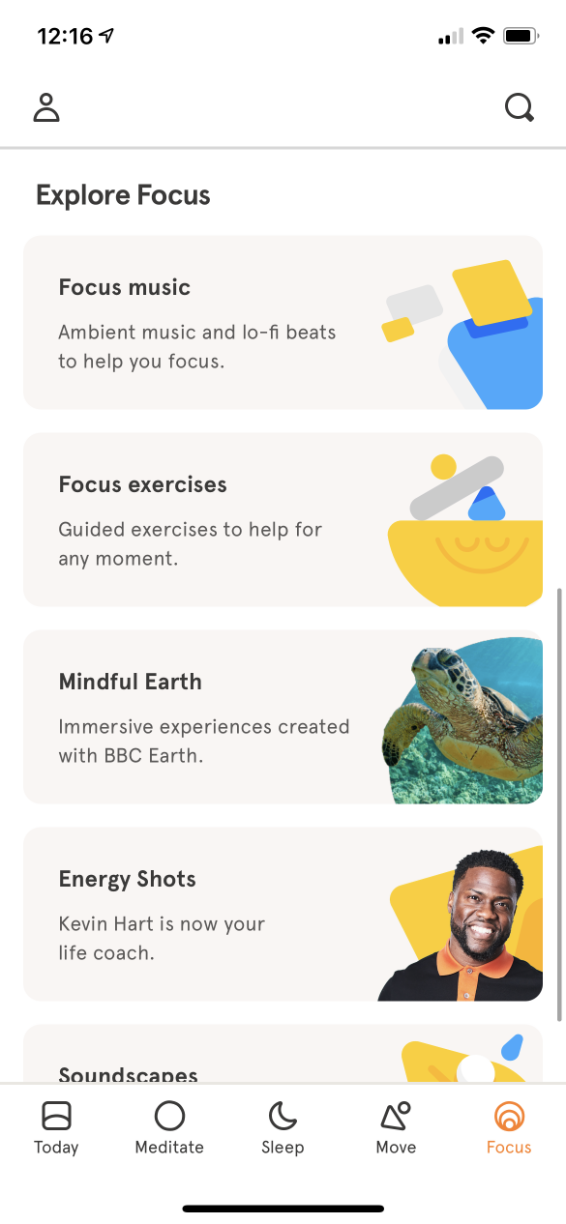
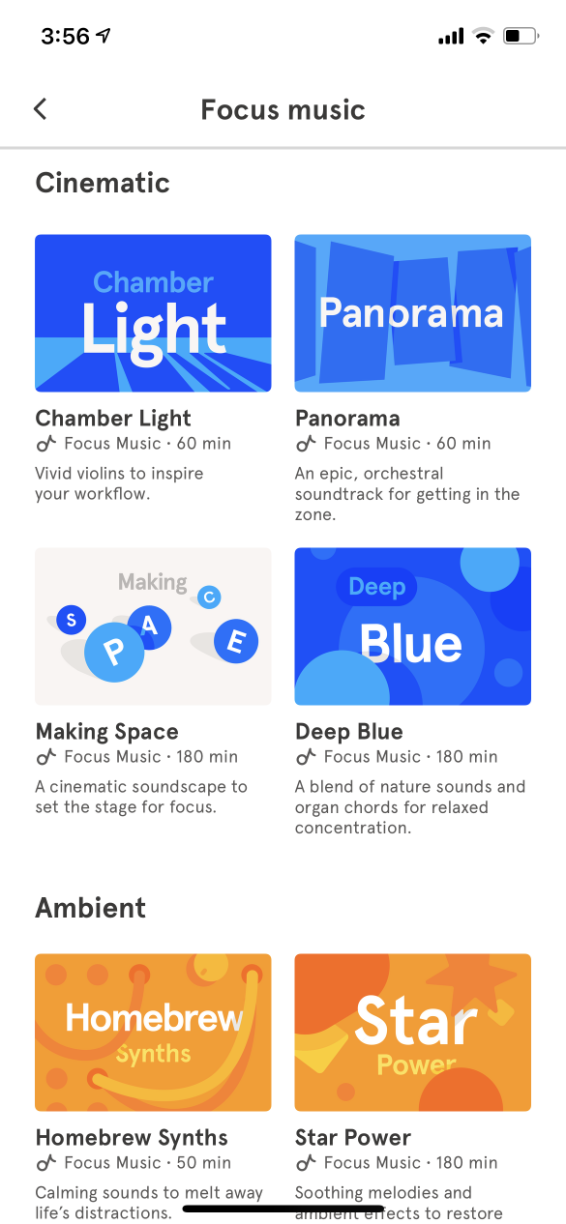
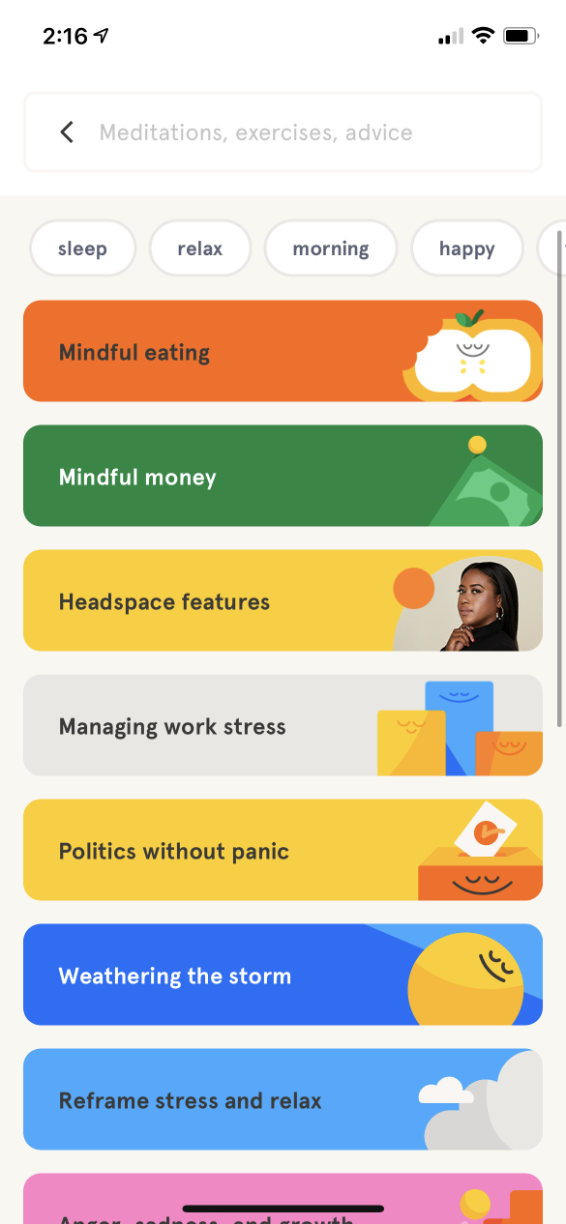
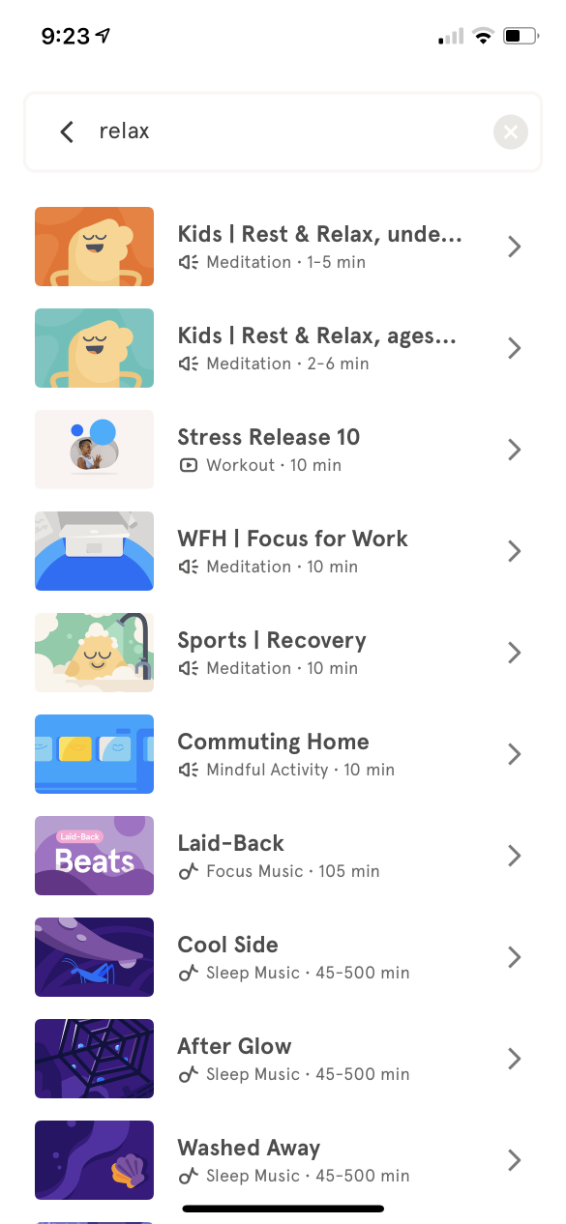



Please do not enter your email address in the Name field or in the comment content. Your email address will not be published. Required fields are marked *. Remember to post with kindness and respect. Comments with offensive language, cruelness to others, etc will not be approved. See our full comment policy here.